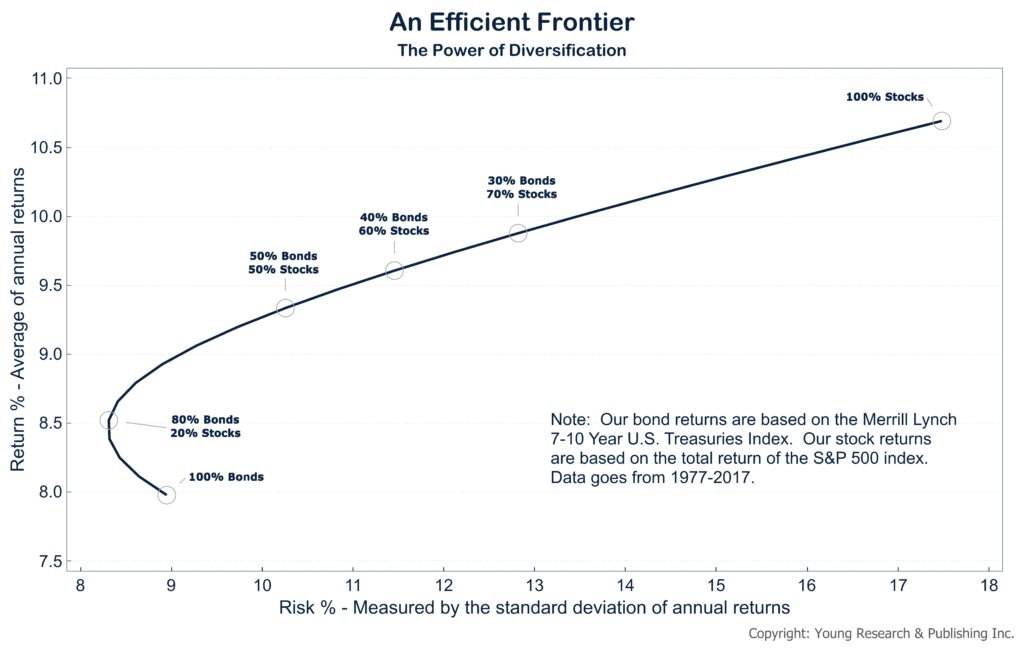In April of 2011, I wrote:
My job is to help you separate fact from fiction and lay out a game plan for you and your family that will ensure your personal and financial security in the unstable and unsettling times that lie ahead. The broad battle plan that I’ll cover over the next few months will include the complete scope of the energy consumption/investment/personal security issue. Here is what separates what you read from me from most others: (A) I have no financial axe to grind and no ulterior motive. (B) I am not looking to make any new friends or curry favor. I am not, not surprisingly, a politician. (C) I do not work for a Wall Street investment firm with something to peddle. (D) I tell you exactly what I have done for my family and for myself and what I plan to do over the next couple of years.
I do not have all the answers, but I do have some good ones and a battle plan that will make us all more secure financially and personally. I say this to you with the enthusiasm of someone who has been researching and plotting financial strategies for nearly five decades. My strategies are suitable for all investors, but most specifically for my private management clients who are predominately conservative small-business owners and retired, or soon-to-be retired, investors. This group tends to be one that, over many decades, has accumulated substantial capital. Today the goal is to protect that capital and maintain purchasing power through all types of weather.
If you have ever ridden a motorcycle through the Dakotas, Wyoming, or Montana, you know full well that betting on the weather is a bankrupt strategy. Prepare ahead as if you do not know what is ahead, and with plenty of concern for the unknown. Have your foul-weather gear and full-face helmet on from dusk till dawn, because conditions will change without warning and become violent in a flash. Of this I am certain. Do not be a bettor, be a planner.
There is no way gambling in securities markets can prepare an investor for the devastating effects of a bear market like those seen this century. Only a systematic approach, that of a planner, not a bettor, can provide some shelter during hard times in the markets. If you would like to discuss a plan for your investments with a professional who puts your interests ahead of their own, please fill out the form below. You will be contacted by a seasoned advisor from my family run investment counsel firm, who will discuss with you ways to improve your investment plan.


